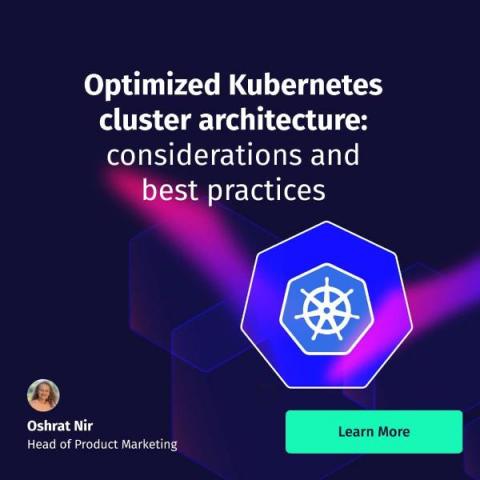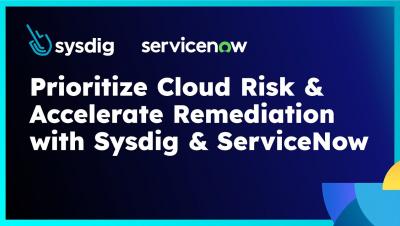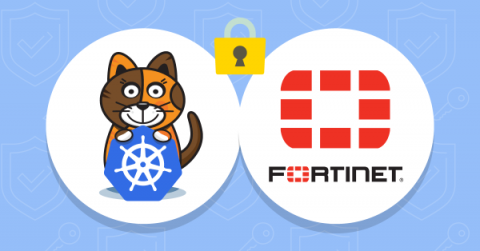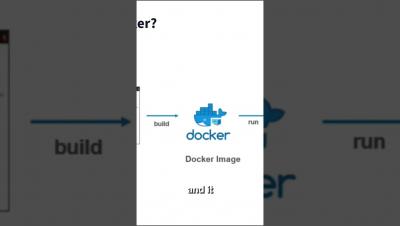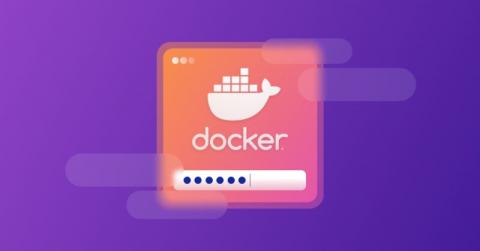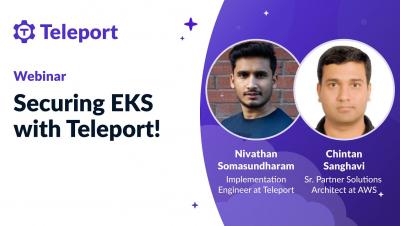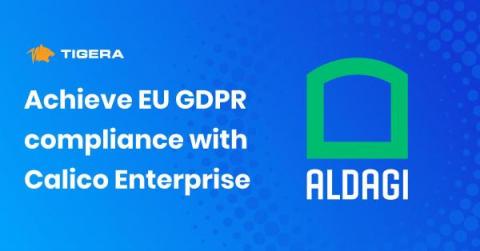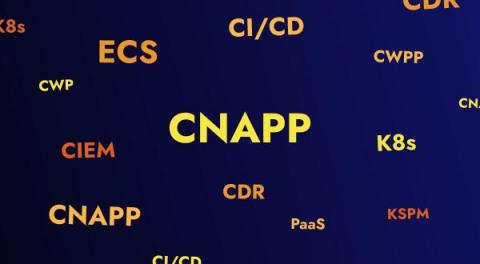Security | Threat Detection | Cyberattacks | DevSecOps | Compliance
Containers
Prioritize Cloud Risk and Accelerate Remediation with Sysdig & ServiceNow
Day 2 Falco Container Security - Tuning the Rules
In the world of cybersecurity, noise is a critical issue associated with Day 2 operations. The complex nature of noise and its impact on detection accuracy and false positives make it a challenging topic to address when creating detection rules, including in tools like Falco. This article will provide some guidelines on tuning Falco container security rules to eliminate noise.
Make your FortiGate firewalls work with Kubernetes: How Calico enables Fortinet firewalls to secure Kubernetes workloads
FortiGate firewalls are highly popular and extensively utilized for perimeter-based security in a wide range of applications, including monolithic applications developed and deployed using the traditional waterfall model. These firewalls establish a secure perimeter around applications, effectively managing inbound and outbound traffic for the organization. FortiGate relies on IP addresses for implementing “allow/deny” policies.
How docker images are made
Setting up the Docker image scan GitHub Action
Nowadays, the final product of most Git repositories is a Docker image, that is then used in a Kubernetes deployment. With security being a hot topic now (and for good reasons), it would be scanning the Docker images you create in the CI is vital. In this piece, I’ll use GitHub Actions to build Docker images and then scan them for security vulnerabilities. The Docker image built in the CI is also pushed to GitHub’s Docker registry.
Securing EKS with Teleport!
Case study: Calico Enterprise empowers Aldagi to achieve EU GDPR compliance
Founded in 1990, Aldagi is Georgia’s first and biggest private insurance firm. With a 32% market share in Georgia’s insurance sector, Aldagi provides a broad range of services to corporate and retail clients. With the onset of the pandemic in 2019, Aldagi wanted to make its services available to customers online. To this end, the company adopted an Agile methodology for software development and re-architected its traditional VM-based applications into cloud-native applications.
Cloud Security: Turns Out We Needed Another Acronym (CNAPP)
Gartner’s 2023 “Market Guide for Cloud-Native Application Protection Platforms” (CNAPP) caused some security leaders to question whether they need yet another tool to protect the complex beast that is the cloud. Procuring yet another shiny security product is probably not how you earn the envy of your peers, but if your organization relies on shipping secure applications fast, then CNAPP should be on your radar. What exactly is CNAPP?
Kubernetes network security foundations: Get started on building your Kubernetes network security policies with Calico!
The adoption of cloud native applications has become a necessity for organizations to run their businesses efficiently. As per Gartner, more than 85% of organizations will embrace a cloud-first principle by 2025, which will rely on adopting cloud native applications for complete execution. The massive increase in adoption of cloud native applications has given rise to more security challenges such as container image vulnerabilities, configuration errors and a larger runtime attack surface.


